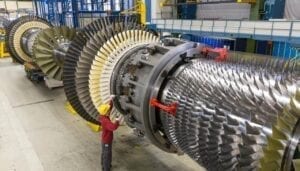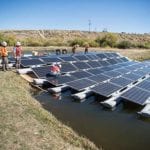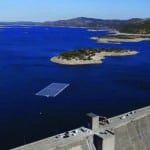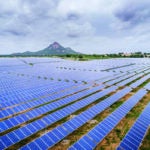National Hydro Power Corp. (NHPC) and the Renewable Energy College (REC) of Kolkata have partnered to develop a 50-MW floating solar photovoltaic (PV) plant in the Indian state of Kerala, according to a report in the Economic Times.
The project would represent the largest floating solar PV plant in the world, dwarfing a 1.2-MW plant that came online in Japan last year.
NHPC plans to deploy the plant on one of several large bodies of water in Kerala, said Gon Choudhury, chairman of the REC, which will provide technical and construction assistance with the project. The REC has developed floating solar PV technology over the past several years, and a 12-kW pilot project will begin operations later this year in Kolkata. The larger project is expected to cost around $70 million, according to the report.
The impetus for developing floating solar PV over land-based plants stems from India’s solar power boom, which has seen prices for undeveloped land with good solar potential rise rapidly, in some cases undermining the economic viability of solar projects. In contrast, water-based plants would not face the same pressure because of much lower competition for potential sites.
The technology is also simpler and offers greater yield than landed-based solar PV, according to the REC. The panels are mounted on floating platforms and are more resistant to overheating that can reduce solar PV output. The REC estimates that its technology can be deployed for about 15% less per megawatt than comparable land-based systems.
Floating solar PV has drawn interest in recent years because of the potential synergies, with some developers claiming such systems could be as much as 50% more efficient than land-based solar. One interesting element of floating solar PV, according to its proponents, is that unlike other power technologies that can significantly challenge local water resources, floating solar can actually help preserve them by reducing evaporation during hot days in the summer. And, with developers like NHPC focusing on the use of reservoirs and waste treatment ponds, the environmental impact would likely be minimized.
Though the long-term maintenance requirements and durability of floating solar PV is yet to be seen, initial results are promising: the system in Japan has thus far weathered three typhoons without significant damage.
–Thomas W. Overton, JD is a POWER associate editor.










